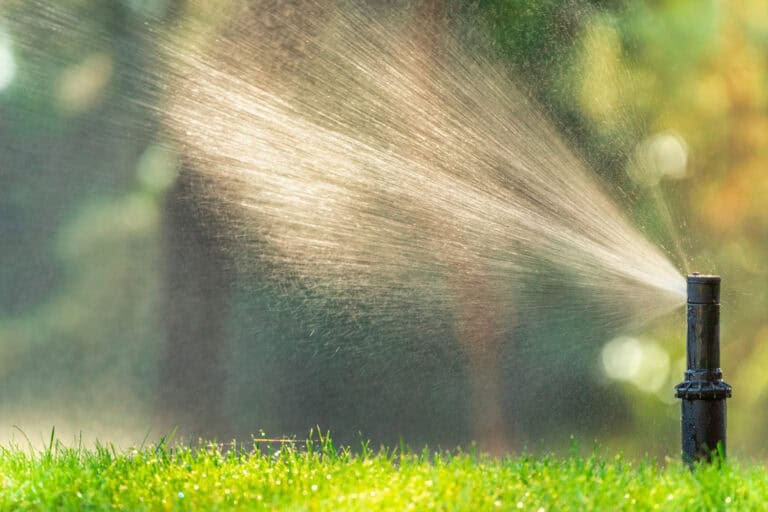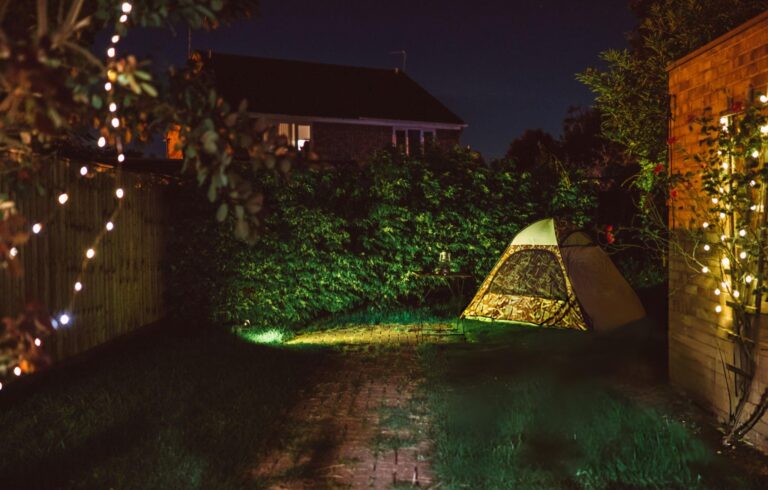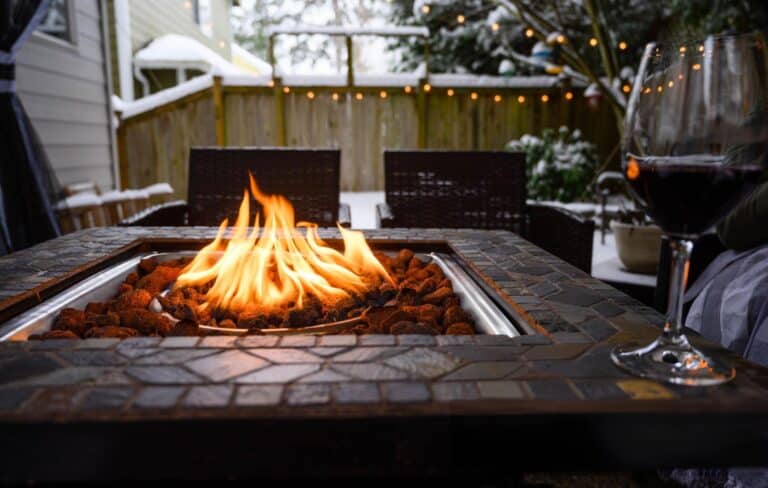Dealing with struggling plants in your Arizona yard can be frustrating. You plant something with hope, give it attention, and then it wilts or goes dormant months earlier than expected. It’s not always about how well you’re caring for it. Arizona’s climate, especially in places like Gilbert, can present challenges that aren’t always obvious at first glance. Keeping your yard looking green and lively here requires a different way of thinking. It’s less about planting what looks good on Pinterest and more about understanding what works in the desert.
Arizona landscapes demand a little planning, a lot of climate awareness, and an understanding of soil, water, and plant needs. Some common issues include wilting leaves, stunted growth, or plants that never seem to bloom. But these aren’t unsolvable. With the right landscaping design and plant selection, it’s possible to create an outdoor space that thrives through summer, survives winter, and looks good in between. A few smart changes can make all the difference.
Understanding Arizona’s Climate
Living in Gilbert means learning how to work with the Sonoran Desert climate. Summers are long and dry, with temperatures often staying high well into the fall. Rainfall is minimal and mostly compressed into short bursts during monsoon season. Add to that the dry, compact soil, and it’s no surprise plants may struggle to adapt.
Some plants simply can’t tolerate these extremes. They shut down to protect themselves, dropping leaves or halting growth altogether. Others may try to survive but do so poorly unless they’re given consistent and correct watering or the right kind of shade relief. On top of the heat, Gilbert’s soil composition is usually sandy or clay-heavy and tends to drain too fast or hold too much water at once. That’s not great for roots and often ends in root rot or dehydration.
This climate can catch new homeowners or those unfamiliar with desert conditions off guard. That’s why landscaping here isn’t about fighting nature. It’s about designing landscapes that cooperate with it. Pick plants that thrive in sun-heavy conditions and design layouts that support airflow and water efficiency. That helps you spend less time troubleshooting and more time enjoying a yard that works with the land instead of against it.
Choosing The Right Plants For Arizona
You can’t expect a tropical fern or a lush hydrangea to do well in the desert. Picking the wrong plant for the climate is often the main reason yards fall flat. Instead of fighting the weather, it’s smarter to lean into it. That starts with native or drought-tolerant plants. These species are built to survive the ups and downs of life in a desert city like Gilbert.
Some reliable choices include:
– Desert Marigold: Bright and cheery, these flowers can handle long summers
– Red Yucca: Hardy and drought-tolerant, with colorful blooms that attract hummingbirds
– Texas Sage: A shrub that thrives in heat and produces purple flowers seasonally
– Agave or Aloe: Succulents that look great and demand little water
– Palo Verde Trees: The state tree of Arizona, offering filtered shade without heavy leaf drop
These plants don’t just survive. They add texture, color, and character to your yard without making your water bill spike or your weekends too busy with upkeep. Plus, using plants already adapted to Arizona means you’re less likely to deal with pests or diseases that target weaker, non-native varieties.
Choosing the right plants also means thinking about where and how they’re placed. Some may do well with morning sun but need shade in the afternoon. Others benefit from being grouped together to create their own microclimate. A well-designed plant layout does more than look good. It works smarter from the roots up.
Irrigation Techniques For Optimal Growth
Keeping plants alive in Arizona’s heat often comes down to how and when they’re watered. The dry climate in Gilbert means water doesn’t stick around in the soil for long. That makes irrigation a key part of any desert landscaping design. But it’s not just about turning on the sprinkler. It’s about developing a watering plan that supports deep root systems and limits waste.
Drip irrigation is a smart option because it delivers water right where plants need it at the root zone. It also loses less water to evaporation, which is common with overhead sprinklers in hot, sunny areas. Another helpful practice is watering early in the morning so the plants can absorb moisture before the heat kicks in. That also helps prevent mildew, which can form with evening watering when leaves stay damp overnight.
A few irrigation tips to keep your landscape healthy:
– Schedule watering based on the season. Less frequent, deep watering encourages roots to grow deeper, giving plants a better chance to survive dry spells
– Group plants with similar water needs together. This helps avoid over- or under-watering when using the same irrigation line
– Use soil probes or moisture meters to avoid guessing when it’s time to water
– Consider installing timers with rain sensors to avoid watering during or right after a monsoon storm
A good irrigation system doesn’t just keep your plants happy. It saves time, lowers water use, and makes landscape maintenance less of a chore during Gilbert’s hottest months.
Soil Management And Mulching
Soil in Gilbert isn’t always plant-friendly out of the gate. It often lacks organic material and has poor structure, which leads to drainage issues or compaction. That’s hard for roots, which need air pockets and consistent moisture to grow strong. Before adding anything to your yard, it helps to test the soil and improve it if needed.
Adding compost or organic matter can make a huge difference. It boosts nutrients, loosens compacted areas, and helps water soak in better. If soil feels like hard clay or dries into a powder, your plants may struggle no matter how much you water.
Another helpful tool is mulch. Mulch keeps the soil cooler, reduces weed growth, and stops moisture from evaporating too fast. In Arizona’s intense sun, this can create a more stable environment for plant roots.
Best mulch types for Arizona include:
– Wood chips or shredded bark for long-lasting ground cover
– Straw or leaves for vegetable gardens or beds needing seasonal protection
– Rock mulch for low-water areas, though it can reflect heat and should be placed with care
Avoid overdoing mulch. A layer about 2 to 4 inches thick is usually enough. And keep it a few inches away from stems or trunks to prevent rot. A little effort here goes a long way in creating healthier plant roots and stronger long-term growth.
Common Plant Stressors And How To Handle Them
Even with the right soil, plants in Arizona face stress from heat, wind, and sudden swings between dry and wet weather. It’s important to spot trouble early so you can fix the issue before it causes long-term damage.
Keep an eye out for:
– Leaf curl or scorch – This can mean too much sun exposure or not enough water
– Yellowing leaves – A sign of poor drainage, shallow roots, or overwatering
– Wilting in cooler parts of the day – Often a stress response rather than lack of water
One quick example: A homeowner in Gilbert planted lavender shrubs in a west-facing space that got full afternoon sun. By mid-June, the leaves began turning brown. The fix? Adding a small ramada for afternoon shade and improving the soil drainage. Within a few weeks, the lavender started looking vibrant again.
Dealing with stress means giving plants what they need to adapt. That might include adding shade structures, trimming correctly to limit water demand, or even replacing especially sensitive plants. The key is observing often and adjusting early.
Helping Your Plants Thrive With Landscaping Design
Smart landscaping design plays a big role in whether plants just survive or truly thrive. Good design helps balance functional and environmental needs. That means placing larger trees to provide cooler microclimates for sun-sensitive plants, using retaining walls or rock borders to manage water runoff, and creating planting zones based on soil and sun patterns.
A well-thought-out layout supports healthier plant life in several ways:
– Improves water flow and drainage through proper grading
– Provides strategic shade that lowers soil temperatures and supports longer growing seasons
– Reduces competition between plants by spacing them correctly and understanding root spread
When these elements are planned, you end up with a landscape that requires less rework, fewer costly replacements, and more consistent plant health. Good design doesn’t have to be complicated. It just needs to line up with how the natural environment works in Gilbert.
Transform Your Gilbert Landscape with Professional Help
Creating a landscape that resists heat, uses water wisely, and grows well year-round in Gilbert takes knowledge of the soil, seasonal timing, and plant behavior. While a single plant may not seem like much, the bigger picture matters. From irrigation zones to wind exposure and even how your outdoor lighting affects plant life, small decisions can add up in big ways.
This is where professional landscaping design really helps. With insight from a team that understands Arizona yards, you’re more likely to get lasting results. Whether you’re revamping a patch of grass or building a full landscape design for your property, the right partner can steer your project toward better plant health and a more enjoyable outdoor space.
Thinking about enhancing your outdoor space with a design that thrives in Gilbert’s unique climate? Partner with Outdoor Concepts to create a landscaping design that not only complements Arizona’s environment but also brings lasting beauty to your yard. Our team blends functionality with style, ensuring your outdoor space thrives all year long.




